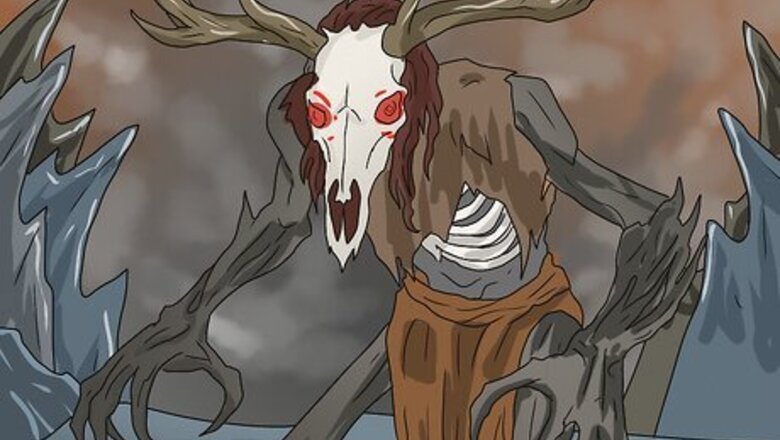
views
What is a Wendigo?
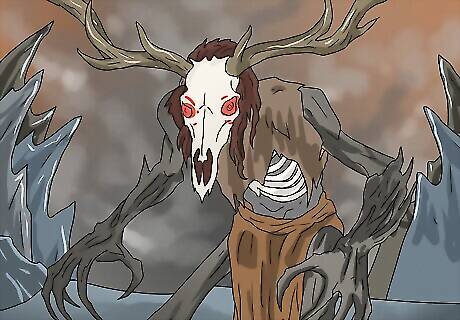
A Wendigo is a malevolent creature that devours humans beings. A Wendigo is a violent, cannibalistic, supernatural being from Algonquin (Native American) folklore. In some myths, the evil spirit possesses humans and makes them greedily devour other humans. Other legends say that humans transform into wendigos by committing acts of cannibalism, greed, or selfishness. They are often described as having human-like characteristics with enlarged, grotesque features. Descriptions of the wendigos vary, but in most folklore, they’re usually described as being emaciated with have sharp claws, glowing eyes, and fast reflexes. In the Algonquin language, the soul or spirit of all things is called manitou. The wendigo is a manitou whose name translates to “evil spirit that devours mankind.”
Is there evidence that Wendigos exist?
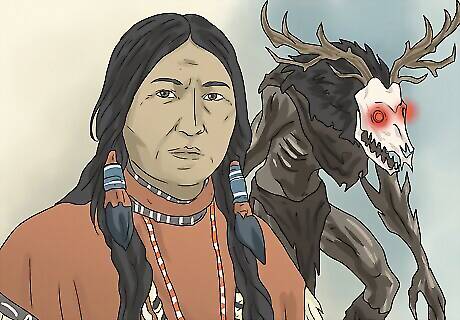
No, there is no scientific evidence that Wendigos exist. Wendigos are a prevalent part of mythology and folklore; however, there is no proof that they’re real. It’s strongly believed that wendigos were created by the Algonquin to instill fear in those listening to their stories. The stories serve as cautionary tales about the consequences of greed. While some people may believe they exist, there is no proof of their existence.
Wendigo Origins & History
Wendigos originate from Algonquian (Native American) folklore. The Algonquians are one of the most densely populated North American Indigenous groups, occupying Canada and northern US states like New York. Because the wendigos were heavily associated with cold and famine, the horrific tales likely mirrored their lived experiences of starvation and survival during the brutal winter months. The Algonquian said that anyone who resorted to eating human flesh would have their soul overtaken and corrupted by the cannibalistic Wendigo monster. The wendigo began as a cautionary tale and metaphor of what could happen if you resort to desperate and selfish acts. The stories were a warning, but were also told to entertain or frighten children (similarly to Western “boogieman” stories). The Algonquian believe that souls or spirits exist in natural objects, people, and animals, and harming any soul out of greed is extremely disrespectful. The Algonquian group contains many tribes (the Ojibwe, Saulteaux, Cree, Naskapi, and Innu, among others) who all share and speak the Algonquian language.
Wendigos in Folklore
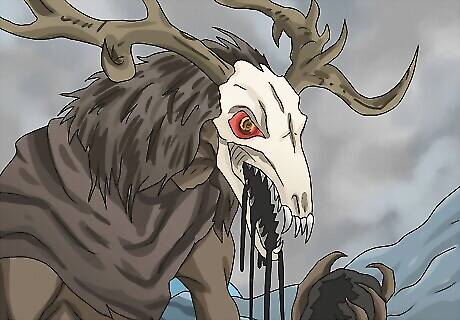
Wendigos are a metaphor for gluttony and greed. Wendigos are never satisfied. Legend has it that these supernatural creatures will always be hungry, no matter how much flesh they eat. Many believe that the Algonquian myth is a cautionary tale for gluttony and greed because of this. With this in mind, the concept of a wendigo can be applied to any person or idea that’s “infected” by an excessive amount of greed. In some tales, humans can turn into wendigos if they’re overpowered by greed. They’re greed then results in them resorting to cannibalism to survive. The extreme hunger of wendigos mirrors their thin appearance, highlighting their intense cravings and “starvation.”
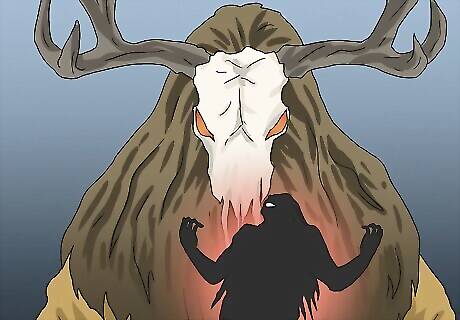
Wendigos are supernaturally born. How a wendigo is created varies with each culture’s tales. Some stories present wendigos as creatures that simply exist and are a part of the natural world, whereas others present the idea that wendigos are humans transformed from greed or cannibalistic behavior. In the Assiniboine, Cree, and Ojibwe communities, ceremonial dances are performed during famines to keep the wendigo spirits away, as it’s believed that if someone resorts to cannibalism, their soul will be taken over by the wendigo.
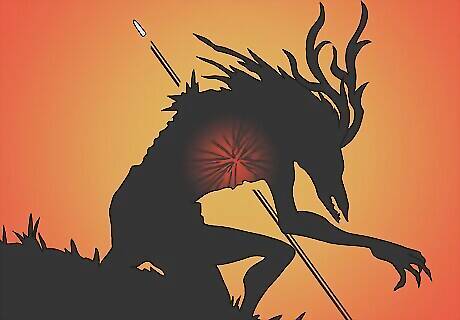
Wendigos are difficult but not impossible to kill. How to kill a wendigo is a common question amongst many, and each culture has a different answer. In some legends, wendigos can be killed by a silver bullet to the heart (like a werewolf), while in others, the creature must be dismembered and burned. Some tales explain the escape of the wendigo’s spirit. Although a wendigo’s physical form is killed, its spirit is believed to live on, transferring to its next victim.
Wendigos in Pop Culture
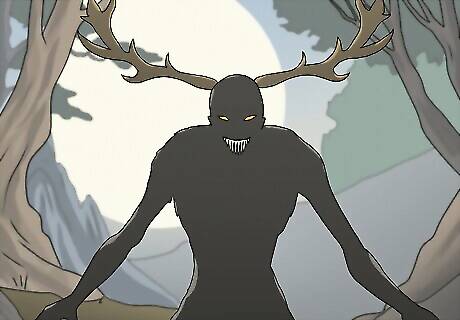
Wendigos have become prevalent in pop culture over the years. While pop culture depictions of these supernatural beings draw inspiration from Indigenous folklore, they are not direct copies. Most wendigos in pop culture are illustrated as tall, shadowy figures with antlers and other animal-like characteristics. Here are some of the most well-known accounts of wendigos in pop culture and how they compare to Indigenous lore: The Wendigo by Algernon Blackwood (1910): A malevolent force of the wilderness. Pet Sematary by Stephen King (1983): An ugly, grinning creature with yellow eyes responsible for bringing the dead back to life. The Incredible Hulk #162 (1973): A silver-haired Bigfoot-like antagonistic character. Hannibal (2013): A male-presenting creature with tar-like skin and large antlers. Until Dawn (2015): Human-turned creatures who feasted on human flesh. Fallout 76 (2018): Human mutations who ate human flesh in isolation.
Wendigo Psychosis Explained

In psychiatry, “wendigo psychosis” is a disorder that causes cannibalism. People in Wendigo psychosis develop an intense craving for human flesh. Wendigo psychosis is a culture-bound syndrome, meaning that it is only recognized in certain cultures or societies. Because of this, the disorder is not commonly diagnosed and has very little research. However, it is recognized by First Nation communities or Indigenous peoples in Canada. It’s believed that those who resort to cannibalism have wendigo psychosis or are possessed by a wendigo. Symptoms of wendigo psychosis include an insatiable greed, craving for human flesh, cannibalism, and destructive behavior. In the recorded cases of wendigo psychosis, the afflicted individual is terminated to prevent cannibalism.












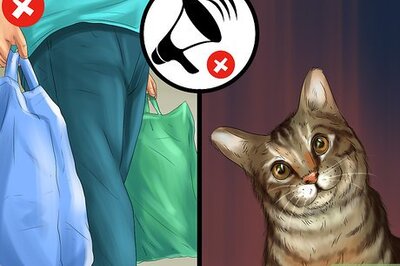


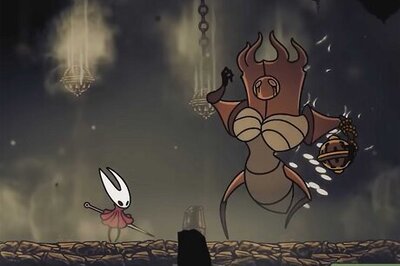
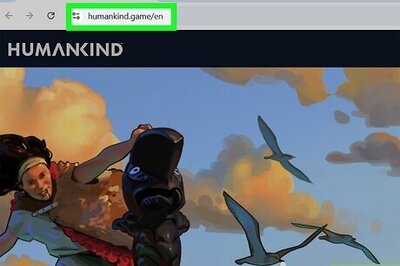

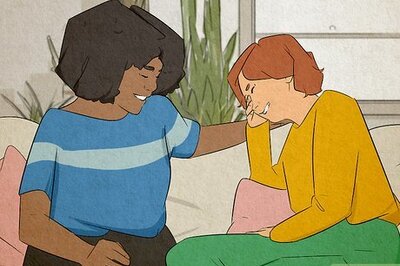
Comments
0 comment